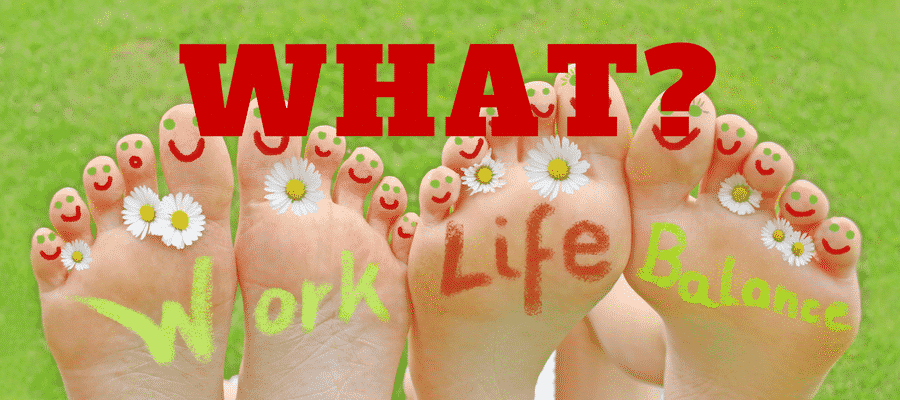
Nov 10, 2016
Everyone is looking for it, all HR departments are talking about, your partner wants you to have more of it, you can’t get enough of it – but is it even a “thing”?
Work Life Balance has been touted as the cure-all for ever increasing workloads and demands that now go way beyond our offices.
It’s supposed to be the silver bullet that fixes stress, burnout and any other of the countless ailments lavished on us by “work”.
But where do you get it? Last time we checked Woolies didn’t have a special on it, nor can it be obtained from any high-priced consulting company. In truth, anyone who promises to deliver WLB to you is really only proposing to add to your load: do this meditation, perform this exercise or take this advice with some water every two hours.
Too often it is dispensed simply by a “You need to get some Work Life Balance.” Great!
As it happens, we have the solution, the secret if you like, the holy grail of WLB.
Would you like to know what it is?
Here it is, free of charge and without requiring any extra effort from you: Work Life Balance doesn’t exist. Or if it does it’s a totally outdated model. Either way, forget about it!
What you’re looking for is FLOW. The simple flow of being totally present with whatever you do.
When you’re working you want to be 100% present for your work, and when you’re at home your attention needs to be completely on what’s happening there. Same for hobbies, passions, pastimes – whatever you do, be there 100%.
Here’s how you accomplish that:
You must set boundaries between your work and your home life and the surfing holiday with your mates.
When requirements and demands spill over from one to the other you get distracted and your attention is elsewhere. You only manage to be fractionally present for your chosen task (yes, work is a choice just like the surfing holiday!) and that impacts your flow, increases cortisol levels (the stress hormone), reduces production of dopamine and serotonin (the happy hormones) and slowly pulls you apart.
You’ve heard the one about dancing on more than one wedding at the same time? Same thing.
On Friday afternoon plan the following week, so when you finish work your head is clear because you know exactly where you’re going to pick up again on Monday morning. You don’t waste focus and energy thinking about it over the weekend. Come to think of it, do that EVERY DAY for the next day before you go home!
A word about being 100% present for your work: reduce the number of meetings you have! Almost every meeting is a distraction from what you do best, so make sure to select well which ones you’ll attend, improve how your meetings are run and reduce meeting times.
Every morning and every evening do something for yourself: have a cup of tea, read a few pages, go for a walk, a run, a swim, a surf, connect with nature.
Do what you enjoy, because as promised this is not about adding yet another activity to your already packed day, it’s about doing things that naturally ground you and help you be in flow and present.
You need time for yourself, because only then can you have time for the people around you.
Most importantly, when you’re home make sure you have a meal with your family – 95% of serotonin (one of the happy hormones!) is produced in your digestive system – and switch off the TV, which mostly just elevates your cortisol (=stress) and really, what’s more important, your family or the news?
The balance you’re looking for is in moments of being in flow and being present and grounded.
It’s not about balance between different areas of your life, because let’s face it, you only have one life to live, not several, separate aspects of one.
Be 100% present for what you’re doing and you won’t need balance.
Alice Haemmerle, on whose knowledge and experience as an Executive Coach and Master Trainer of Neuro Linguistic Programming this blog post is based on, is the creator of the Instant Insight Communication Systems (coaching systems using the different filters and internal strategies that are in play when we work, communicate and relate to each other) and The Communication Code™ (showing you how to decode someone’s communication, motivation, decision making and problem solving styles).
Her husband Thomas Haemmerle has written this post.







